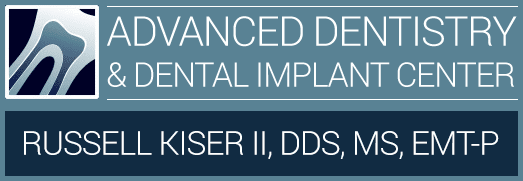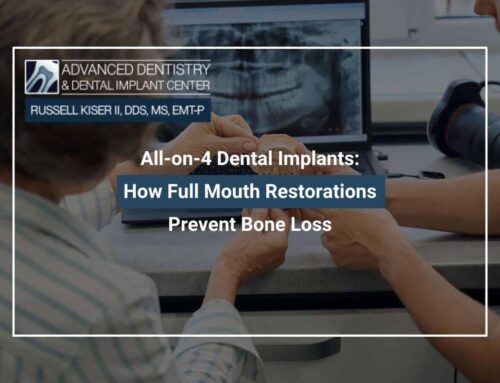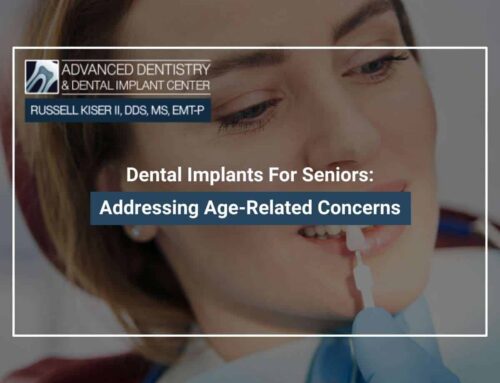How Bone Grafting Ensures a Stable Foundation For Successful Dental Implants
Did you know that some patients preparing for dental implants find out that their jawbone isn’t strong enough to support the implant? In those cases, it might seem like all hope is lost. However, there are solutions worth considering. One of them is a bone graft, which helps create a healthy and stable foundation!
Of course, it might sound intimidating at first, but the procedure is less invasive than you might think. Below, we’ll cover everything you need to know to make your decision with confidence.
Why You Might Need a Dental Bone Graft
The jawbone plays a vital role in anchoring teeth. However, when teeth are missing, gum disease has advanced, or trauma has weakened the bone, it begins to deteriorate. This resorption process leaves the jaw too thin or fragile to hold an implant securely.
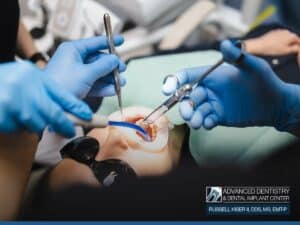 Bone grafting restores lost volume, ensuring the implant integrates properly and prevents future issues, which is especially beneficial for patients exploring dental implants in Mansfield, OH.
Bone grafting restores lost volume, ensuring the implant integrates properly and prevents future issues, which is especially beneficial for patients exploring dental implants in Mansfield, OH.
For example, many situations where bone grafting is commonly recommended include:
- Tooth loss that has left the bone weak or thin.
- Advanced gum disease that has damaged the jaw structure.
- Trauma or injury that has reduced bone density.
Rebuilding the bone provides the long-term stability needed for implants and helps patients enjoy a stronger, more comfortable bite.
The Stages Of a Bone Grafting Procedure
While every patient’s situation is unique, most procedures follow a series of predictable steps that guide you from preparation to full healing.
Step One: Consultation & Planning
Before anything else, your implant specialist will evaluate your oral health. This process typically includes X-rays, digital scans, and sometimes 3D imaging to measure the quality and thickness of your jawbone. During this stage, the dentist will determine whether a graft is needed, what type of material will work best, and when the implant can be placed.
For example, if you’ve been searching for a trusted dentist in Mansfield, OH, finding one with expertise in both endodontics and implant dentistry ensures that your case is evaluated with precision and a personalized plan is created for you.
Step Two: Preparing For Surgery
Bone grafting is usually performed under local anesthesia, though sedation options are available for patients who feel anxious. Once the area is numbed, the dentist prepares the site by carefully opening the gum tissue and exposing the section of bone that requires strengthening.
This preparation is essential because it allows the grafting material to bond effectively. The more precise the preparation, the more predictable the healing process will be.
Step Three: Placing The Graft Material
The graft itself can come from different sources:
- Autograft: This option uses bone from the patient’s own body, often taken from another area of the mouth or sometimes from other parts like the hip. Because it’s your own tissue, the chances of integration are very high.
- Allograft: This graft uses bone material from a donor source that has been carefully processed and sterilized to make it safe for dental use. It’s widely used for its predictability and availability.
- Xenograft: Taken from an animal source, usually bovine, this type of graft is specially treated so that only the mineral component remains. It provides an excellent framework for your natural bone to grow into.
- Synthetic Graft: These are man-made materials, such as calcium-based substitutes, designed to mimic the properties of natural bone. They’re biocompatible and provide a stable structure for new bone growth.
Extracted teeth can be processed into grafting material, turning something that would normally be discarded into a powerful regenerative tool. Once selected, the graft is placed into the area where bone density is lacking.
For instance, this advanced approach is often offered by an endodontist in Mansfield, OH, ensuring precise placement and optimal results!
Step Four: Healing & Integration
After placement, the body begins a natural process called osseointegration. This means that your existing bone cells grow around and fuse with the graft, creating a solid and permanent structure. Depending on the size of the graft and your body’s natural healing abilities, this process can take anywhere from three to six months.
During this period, you’ll likely be advised to follow a softer diet and avoid chewing on the graft site. Temporary discomfort, swelling, or minor bleeding is normal for a few days. However, recovery is usually smooth, especially when patients follow post-care instructions carefully.
Some individuals choose to combine bone grafting with other treatments, such as a smile makeover, to address both function and aesthetics in one treatment plan.
Step Five: Preparing For Implant Placement
Once the graft has healed and integrated, the dentist re-evaluates the jawbone. Advanced imaging ensures that the graft has fused properly and that there is enough density to hold the implant securely. At this stage, the implant can finally be placed.
In many cases, if the graft was relatively small, the implant may be installed at the same time as the grafting procedure. However, larger grafts require additional healing before the implant can be safely inserted.
How Long Does the Entire Process Take?
For most patients, the complete journey from bone grafting to final implant placement spans several months. While this may feel lengthy, it is essential for the long-term success of your implant. Skipping bone grafting when it’s needed could lead to implant failure, discomfort, or the need for corrective surgeries later on.
Healing timelines vary, but patients generally notice that the effort pays off. A restored bite, improved confidence, and stronger oral health make the process worthwhile.
Does a Dental Bone Graft Hurt?
This is probably the question that’s been on your mind! Surprisingly, most patients report little to no pain during or after the procedure. Because local anesthesia is used, the treatment itself is virtually painless. Some irritation or soreness is common during the first few days of healing, but over-the-counter medication usually controls it.
Compared to other dental surgeries, a bone graft is considered minimally invasive. For those who are nervous, sedation dentistry options can make the process even more comfortable.
Additional Benefits Of Bone Grafting For Oral Health & Aesthetics
While bone grafting is most often associated with implants, it offers additional advantages that improve oral health and appearance. Some of the main benefits include:
- Stabilizing teeth weakened by gum disease.
- Preventing facial collapse caused by long-term tooth loss.
- Maintaining the natural contours of the face.
- Creating a healthier foundation for cosmetic treatments like crowns or dental veneers.
A reinforced jawbone supports other restorative and cosmetic procedures, ensuring longer-lasting and more natural-looking results.
How To Choose The Right Dentist For Bone Grafting
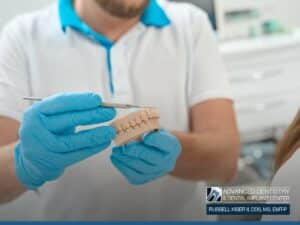
Therefore, when selecting a provider, look for qualities such as:
- Advanced training in implant dentistry and bone grafting procedures.
- Proven experience handling complex restorative cases.
- A reputation for combining technical precision with compassionate care.
Choosing the right specialist ensures a smoother recovery, higher success rates, and confidence in every stage of your dental journey.
Restoring Your Smile With Confidence
Bone grafting is an important part of modern implant dentistry. While it adds time to the overall treatment plan, it ensures lasting stability, comfort, and aesthetics.
At Dr. Kiser Dental, your top-rated dentists in Mansfield, OH, we provide advanced solutions in implant dentistry, bone grafting, and restorative care, always focusing on patient comfort and long-term results. Contact us to learn more!
Advanced Dentistry & Dental Implant Center
1221 S Trimble Rd Suite A1,
Mansfield, OH 44907
Tel: (419) 756-2880
Email: [email protected]

